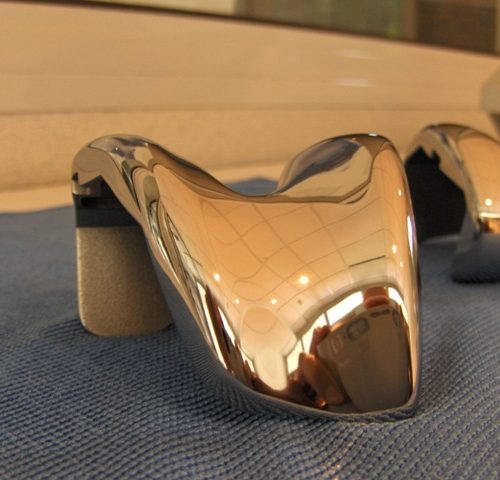EBM Manufacturing vs. The DMLS Process
In the past 20 years, industrial-grade 3D metal printing has become a popular form of additive manufacturing. The capabilities of metal 3D printing have undergone significant improvement during this time. However, both EBM manufacturing and the DMLS process have been around almost as long as the concept of metal printing. One of the most common questions is which of these 3D printing process is the best? While there isn’t an easy answer to this question, the simplest way to answer it is to say it largely depends on the particular project in question. Having said this, let’s take a closer look at each process, their similarities, and their differences. Keep in mind that both processes are industrial-grade 3D printing process that use metal power and heat to produce new parts using layering. Keep in mind that EBM and DMLS are proprietary and belong to the companies that developed them. EBM Manufacturing Electron beam or EBM manufacturing was developed by Arcam in Sweden in 1997, since then this technology has undergone significant upgrades and improvements. Today this form of 3D printing is used in the aerospace and medical industries (especially for implants). The process involves using high-powered lasers to heat layers of metal powder and fuse them together to create 3D parts from a three-dimensional CAD model. All parts must be manufactured in a vacuum to reduce the risk of contamination. Materials Used In EBM
- Cobalt-Chrome, ASTM F75
- Inconel 718
- Titanium Ti6Al4V / Titanium Ti6Al4V ELI
- Titanium Grade 2
Advantages of Electron Beam Manufacturing
- Low percentage of internal flaws.
- Excellent material properties, specifically reduced fatigue properties.
- When it comes to chemical composition, there aren’t any limitations.
- High process temperatures result in minimal residual stresses.
- Almost all of the powder can be recycled, significantly reducing the amount of waste generated.
The DMLS process The digital metal layer sintering or DMLS process is the oldest form of industrial metal additive layer manufacturing. It uses a high-wattage laser to “sinter” or melt metal powders and alloys. This process can be used to create complex metal parts that are fully functional from a CAD image. The DMLS process involves almost total melting of the metals and alloys being used to produce dense parts similar to those made using the SLM process. Materials
- Maraging Steel MS1
- Stainless Steel GP1, PH1, 316L, CX,
- Nickel Alloy IN625, HX,
- Cobalt Chrome MP1, RPD, SP2
- Titanium Ti64, Ti64ELI
- Aluminum AlSi10Mg
Advantages of the DMLS Process
- A wide selection of materials to work with.
- A finer range of layer thickness, 20-40μm in comparison to EBM at 50-70μm.
- Overall better accuracy as DMLS tends to produce a smoother surface finish. Raw DMLS parts typically have a finish resembling fine investment cast parts.
As technology continues to advance, EBM manufacturing may slowly be completely phased out in favor of the DMLS process. If you would like to learn more about these processes and how they can be used in your business, please contact Additive Manufacturing, LLC at (877) 238-7907

